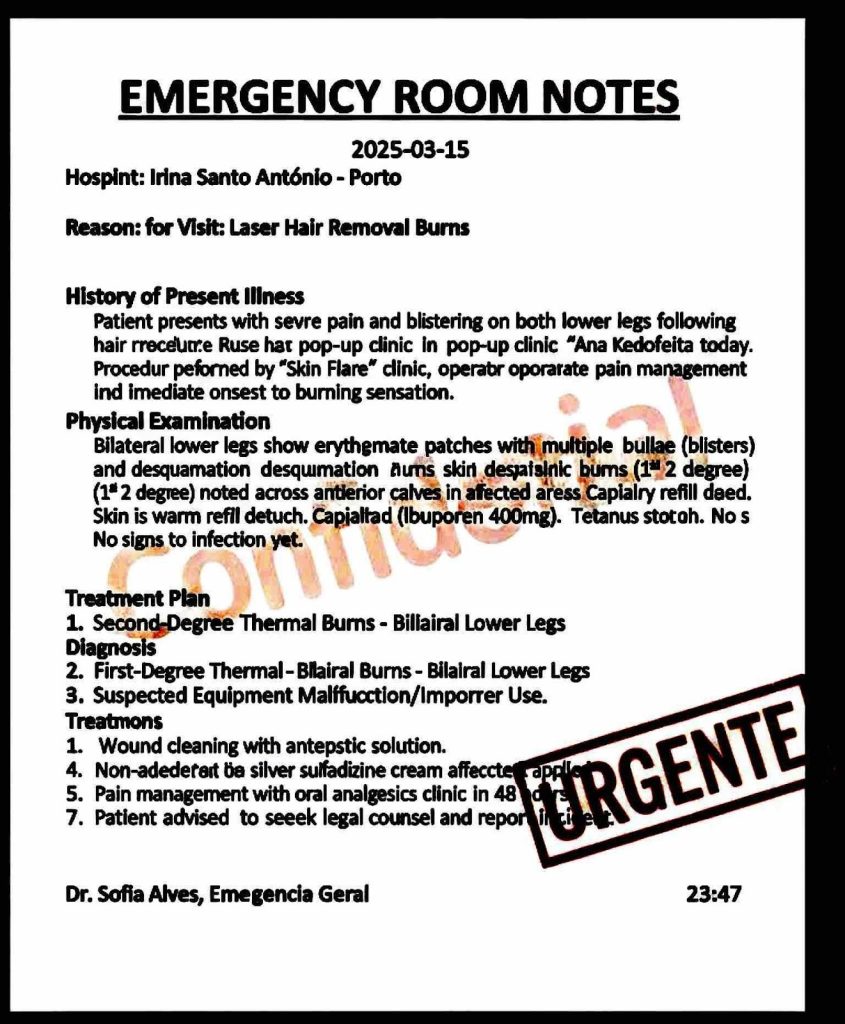PMDD Is a Menstrual Disorder Much More Severe than PMS

Premenstrual dysphoric disorder (PMDD) is a condition that profoundly impacts the lives of those affected. While many are familiar with premenstrual syndrome (PMS), often dismissed as a minor inconvenience, PMDD is a menstrual disorder much more severe than PMS. Understanding the stark differences between these two conditions is crucial for providing appropriate support and treatment to those suffering from PMDD.
Understanding PMS
PMS is a common condition experienced by many individuals during their menstrual cycle. Symptoms typically manifest in the luteal phase, the two weeks leading up to menstruation, and can include mood swings, bloating, fatigue, and irritability. These symptoms, although uncomfortable, are generally manageable and do not severely disrupt daily life. For most, lifestyle adjustments such as regular exercise, a balanced diet, and stress management techniques can alleviate the discomfort associated with PMS.
Defining PMDD
PMDD is a menstrual disorder much more severe than PMS, characterized by extreme emotional and physical symptoms. Affecting approximately 3-8% of menstruating individuals, PMDD significantly impairs daily functioning and quality of life. The Diagnostic and Statistical Manual of Mental Disorders (DSM-5) recognizes PMDD as a severe form of PMS, distinguished by its debilitating nature.
Symptoms of PMDD
The symptoms of PMDD are markedly intense and encompass both psychological and somatic manifestations. Emotional symptoms include severe depression, anxiety, irritability, and mood swings that can lead to suicidal ideation in extreme cases. Physical symptoms mirror those of PMS but are intensified, including extreme fatigue, migraines, joint pain, and breast tenderness. These symptoms typically begin in the luteal phase and subside with the onset of menstruation, creating a cyclical pattern of distress.
Psychological Impact
One of the most profound aspects of PMDD is its psychological toll. Unlike PMS, the emotional symptoms of PMDD can be incapacitating. Individuals with PMDD often report feeling out of control, with severe mood disturbances that affect their personal and professional lives. The recurring nature of these symptoms can lead to anticipatory anxiety, where the fear of the next episode exacerbates overall mental health. Relationships may suffer as the individual struggles to communicate their experiences, often feeling misunderstood or stigmatized.
Diagnosis and Misdiagnosis
Accurately diagnosing PMDD is challenging due to the overlap of symptoms with other mood disorders such as major depressive disorder and generalized anxiety disorder. A thorough clinical evaluation, including a detailed patient history and symptom tracking over several menstrual cycles, is essential. Misdiagnosis is common, leading to inappropriate treatment plans that do not address the cyclical nature of PMDD.
Treatment Options
Effective management of PMDD requires a multifaceted approach. Antidepressants, particularly selective serotonin reuptake inhibitors (SSRIs), have shown efficacy in alleviating the emotional symptoms of PMDD. These can be taken continuously or intermittently during the luteal phase. Hormonal treatments, such as oral contraceptives, aim to stabilize hormonal fluctuations that contribute to PMDD symptoms. In severe cases, gonadotropin-releasing hormone (GnRH) agonists may be prescribed to induce a temporary menopause, halting the menstrual cycle and its associated symptoms.
Non-pharmacological treatments also play a crucial role. Cognitive-behavioral therapy (CBT) helps individuals develop coping strategies to manage the emotional impact of PMDD. Lifestyle modifications, including regular physical activity, a diet rich in complex carbohydrates and low in caffeine and alcohol, and adequate sleep, can mitigate some physical symptoms. Mindfulness and relaxation techniques are beneficial for reducing stress and promoting emotional well-being.
Societal and Cultural Considerations
Despite its severity, PMDD remains underrecognized and often misunderstood, partly due to societal and cultural stigmas surrounding menstruation and mental health. The tendency to dismiss menstrual-related symptoms as exaggerated or normalizes the suffering of those with PMDD. Increased awareness and education are vital in changing these perceptions, ensuring that individuals receive the empathy and medical care they need.
Workplaces and educational institutions can contribute by fostering supportive environments that acknowledge the impact of PMDD. Flexible scheduling, mental health days, and access to medical leave are practical measures that can significantly ease the burden on those affected.
Research and Future Directions
Ongoing research into the pathophysiology of PMDD aims to uncover the underlying mechanisms that differentiate it from PMS. Studies suggest that individuals with PMDD may have an abnormal response to normal hormonal fluctuations, possibly due to genetic predispositions or variations in brain chemistry. Understanding these mechanisms could lead to more targeted and effective treatments.
Innovative approaches, such as neuroimaging and biomarker identification, hold promise for improving diagnosis and treatment. Additionally, patient advocacy groups play a critical role in promoting research and providing support networks for those with PMDD.
Conclusion
In summary, PMDD is a menstrual disorder much more severe than PMS, with profound physical, emotional, and societal implications. Recognizing the severity of PMDD is the first step in providing appropriate care and support to those affected. Through comprehensive treatment strategies, increased awareness, and ongoing research, we can improve the lives of individuals suffering from this debilitating condition. It is imperative that we continue to challenge misconceptions and advocate for greater understanding and resources to address the needs of those living with PMDD.





